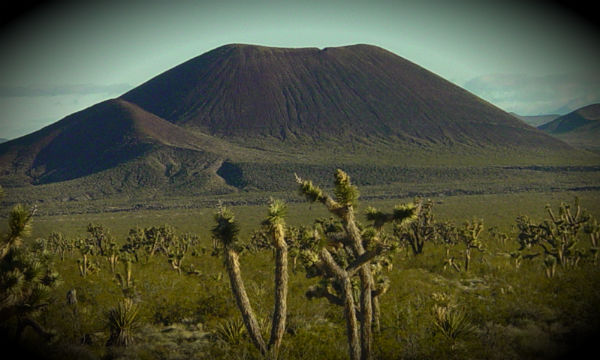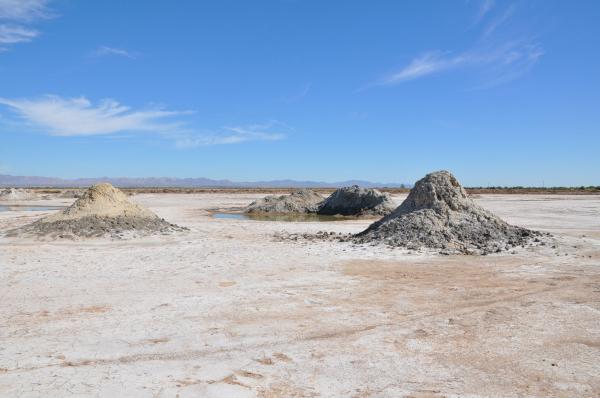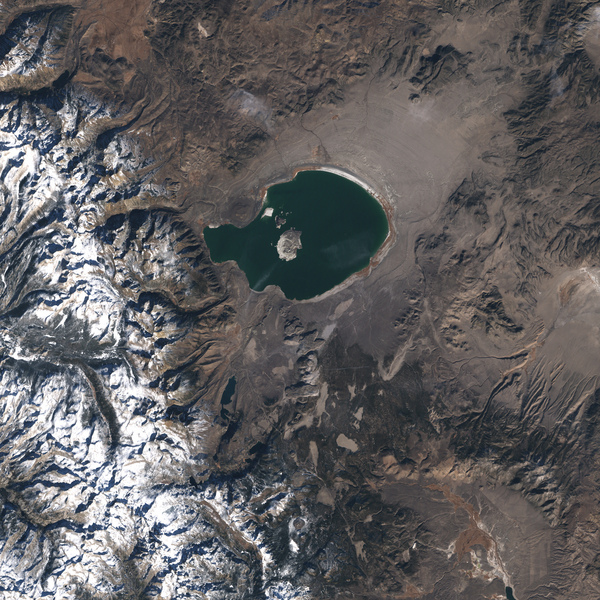New volcano observatory opens in California – Observing a dozens of potentially threating volcanoes

The U.S. Geological Service has opened a new volcano observatory, located outside San Francisco, within existing USGS facilities in Menlo Park. Main purpose of a fifth volcano observatory is to help volcanologists keep a better eye on the state’s varied volcanic activity. CalVO for short, will increase awareness of the volcano threats in California and will provide improved hazard-information products to the public and decision-makers. Officials at CalVO will research, monitor and assess hazards for all of the potentially active volcanoes in California and work with local and state emergency managers in the event of a volcanic crisis.
CalVO replaces the Long Valley Observatory, which was established in 1982 to monitor the restless Long Valley Caldera and Mono-Inyo Craters region of California. CalVO is part of an effort to build a National Volcano Early Warning System. It joins the USGS’ Hawaiian Volcano Observatory, Alaska Volcano Observatory, Cascades Volcano Observatory and Yellowstone Volcano Observatory. The Cascades observatory, located in the southwestern Washington town of Vancouver, was responsible for responding to volcanic unrest at some Northern California volcanoes so far.


California is the most geologically diverse US state in the nation. It is known for earthquakes, landslides, flood hazards and forgotten volcanic unrests. In 2005, the USGS issued an assessment entitled “Volcanic Threat and Monitoring Capabilities in the United States” (USGS OFR 2005-1164). Volcanic threat rankings for U.S. volcanoes were derived from a combination of factors including age of the volcano, potential hazards (the destructive natural phenomena produced by a volcano), exposure (people and property at risk from the hazards), and current level of monitoring (real-time sensors in place to detect volcanic unrest). The list of potentially threatening volcanoes on CalVO’s watch list includes Mount Shasta, Medicine Lake Volcano, Clear Lake Volcanic Field, and Lassen Volcanic Center in Northern California; Long Valley Caldera and Mono-Inyo Craters in east-central California; Salton Buttes, Coso Volcanic Field, and Ubehebe Craters in southern California; and Soda Lakes in central Nevada.
Young volcanoes in California and Nevada
Clear Lake Volcanic Field
Lassen Volcanic Center
Long Valley Caldera
Medicine Lake
Mono-Inyo Chain
Mount Shasta
Salton Buttes
Moderate Threat Potential
Coso Volcanic Field
Soda Lakes (NV)
Ubehebe Craters
Very Low Threat Potential
Brushy Butte
Eagle Lake Volcanic Field
Golden Trout Creek Volcanic Field
Lavic Lake Volcanic Field
Silver Lake Volcanic Field
Tumble Buttes
Twin Buttes


More than 500 volcanic vents have been identified in the State of California. At least 76 of these vents have erupted, some repeatedly, during the last 10,000 years. … Sooner or later, volcanoes in California will erupt again, and they could have serious impacts on the health and safety of the State’s citizens as well as on its economy.
The Yellowstone Volcano Observatory (YVO in Menlo Park, CA) monitors volcanoes in Montana, Wyoming, Colorado, Utah, New Mexico, and Arizona. The Alaska Volcano Observatory (AVO in Anchorage, AK) oversees Alaskan volcanoes and those within the Commonwealth of the Northern Mariana Islands. The oldest USGS volcano observatory, the Hawaiian Volcano Observatory (HVO in Hawaii National Park, HI), is responsible for the state of Hawaii and is celebrating its 100th anniversary this year.

Active and Potentially Active Volcanoes in California
California Volcanoes and Volcanics
Featured image: Cinder cone volcano in the Mojave National Preserve, California. (Source: U.S. Geological Survey)


Volcanic and Earthquake activity: I have been monitoring, as a new years resoluation,the earthquake and volcanic activity, mainly the Pacific ring of Fire.
The past several weeks, January 1 to current February 14, the related earthquakes have been reported as about an average of three point three to below Four. This past week end, February 12-14, the average intensities are reported as four and above.
The last reported earthquake: Clear Lake Caldera, Anderson Springs, California came in at four point four. Earthquakes associated with the Geyser Generating plant areas have been three plus or so. (Injection of waste water).
The resent earthquake, Anderson Springs, is East of Cobb Mountain, which is related to the interior side, of the Clear Lake Caldera, interesting as this is one of the first four earthquakes outside of the Geyser area.